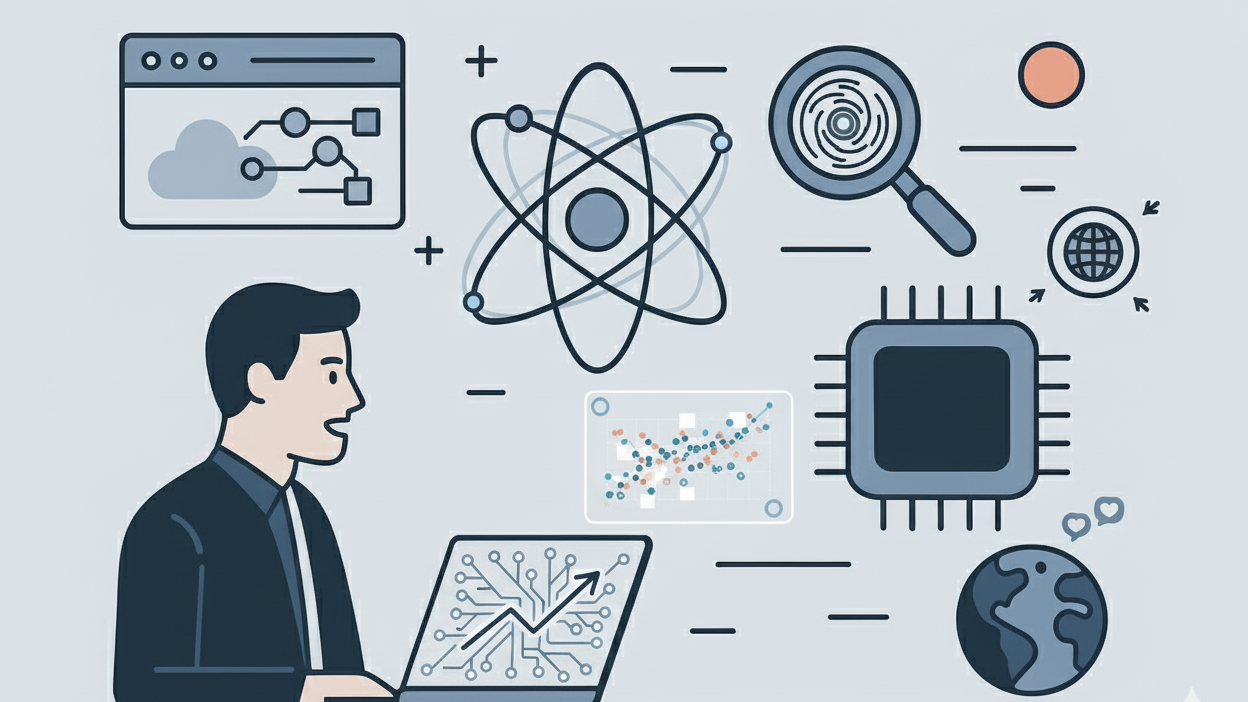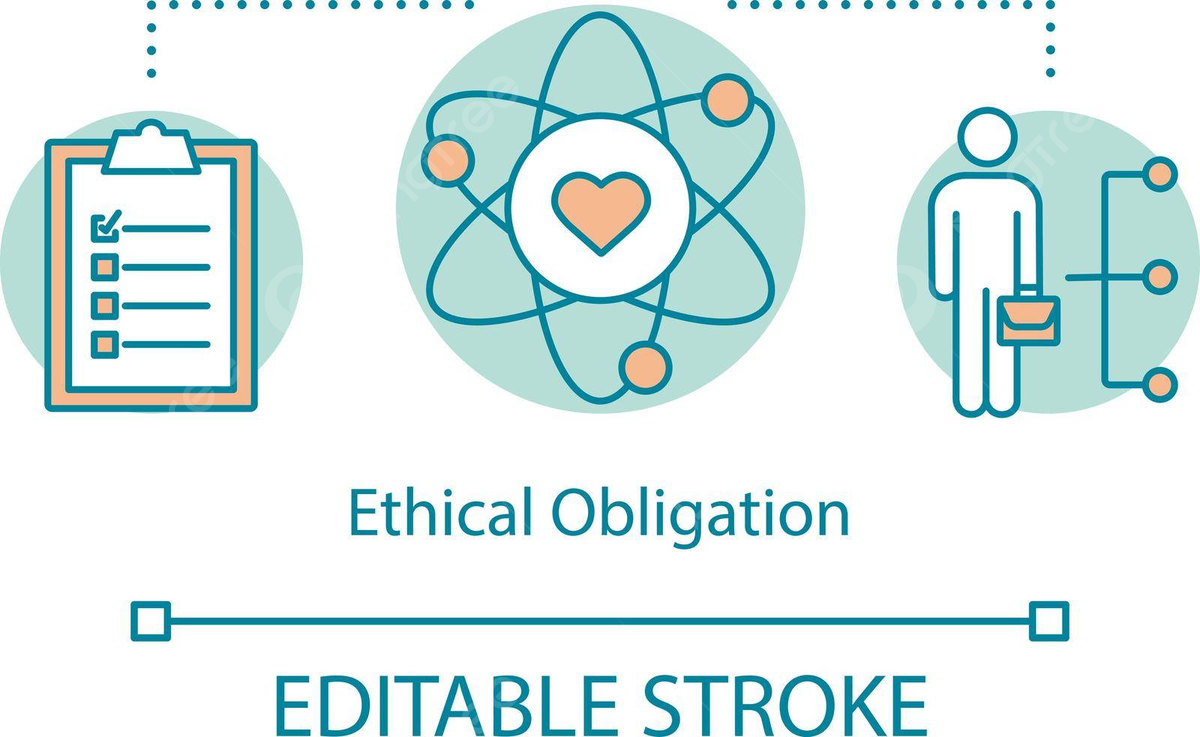Explore how Emotion-Aware Voice Interfaces are transforming human–machine interaction. Learn how AI-driven voice systems perceive emotion, respond with empathy, and create human-centered experiences.

Emotion-Aware Voice Interfaces are redefining the way humans interact with technology. These systems do more than hear commands — they understand, interpret, and respond with empathy.
-
Introduction: Emotion-Aware Voice Interfaces
-
The Human Voice: The Oldest Interface, Reborn
-
The Intelligence Layer: How Emotion-Aware Voice Interfaces Understand Users
-
Empathy: The New Competitive Frontier
-
Core Pillars of Emotion-Aware Voice Interfaces
-
Emotional Cognition
-
Contextual Awareness
-
Personalized Response Patterns
-
Trust by Design
-
Human-Aligned Feedback Models
-
-
Industry Applications of Emotion-Aware Voice Interfaces
-
Healthcare & Therapy
-
Accessibility & Inclusion
-
Education & Learning
-
Customer Experience & Support
-
Smart Homes & Personal Lifestyle
-
-
The Architecture Behind Emotion-Aware Voice Interfaces
-
Ethical Obligations in Designing Emotion-Aware Voice Interfaces
-
The Future of Emotion-Aware Voice Interfaces
-
Conclusion: Where Humanity Meets Emotion-Aware Technology
The Rise of Emotion-Aware Voice Interfaces and the Dawn of Human-Centered AI Experiences
In the grand narrative of technological progress, there has always been a defining inflection — a moment where innovation ceases to be machinery and becomes meaning. Today, we stand at such a precipice. The age of rigid inputs, cold automation, and mechanical responses is quietly dissolving into a new era, where machines do more than hear.
They understand. They interpret. They respond with empathy.
This shift is not merely technological — it is philosophical. It marks the evolution of digital systems from transactional to emotional, from reactive to intuitive, from obedient to perceptive. Voice-driven intelligent systems, powered by machine learning, natural language understanding, and emotional signal processing, are no longer passive receivers of human commands.
They are becoming conversational partners, capable of tone-modulated understanding, contextual awareness, and emotional intelligence.
Welcome to the frontier where technology listens with intelligence — and responds with empathy.
The Human Voice: The Oldest Interface, Reborn
Long before keyboards, touchscreens, or swipes, humanity communicated through tone, breath, rhythm, and cadence. Voice was our first user interface — a natural, neurologically-wired expression of thought.
Modern software has finally rediscovered this ancient truth.
We don’t speak in commands — we speak in nuance:
- A sigh carries meaning.
- A pause speaks volumes.
- A quiver in tone reveals emotion.
Voice interfaces of the past parsed words.
Voice interfaces of the future perceive the soul behind them.
The technological renaissance unfolding today is not about machines mimicking speech — it’s about machines comprehending human emotion.
The Intelligence Layer: Beyond Recognition to Understanding
The voice technologies embedded into modern devices have dramatically evolved. What was once speech-to-text has matured into:
- Acoustic modeling
- Emotion detection
- Context understanding
- Sentiment weighting
- Intent prediction
- Personality-adaptive responses
Machine learning no longer merely recognizes patterns — it internalizes purpose.
From “What Did You Say?” to “How Are You Feeling?”
Legacy voice systems processed commands.
Contemporary voice systems analyze:
| Signal Layer | Insight |
| Lexical | What the words say |
| Paralinguistic | How the words sound |
| Contextual | Why the words matter |
| Emotional | How the speaker feels |
| Predictive | What they may need next |
Technology is no longer functional —
it is beginning to feel perceptive, almost human-aware.
Empathy: The New Competitive Frontier

In the premium software landscape, speed and accuracy are no longer enough.
What will differentiate brands, platforms, and digital ecosystems is empathy.
A voice assistant that responds to stress with calm guidance, frustration with clarity, sadness with warmth, or anxiety with reassuring tone creates a bond deeper than utility — it builds trust.
Empathy-driven AI transforms apps into:
- Digital confidants
- Supportive assistants
- Cognitive companions
- Emotional safety nets
This isn’t sentimental — it’s strategic.
Emotionally resonant experiences retain users, inspire loyalty, and elevate satisfaction metrics far beyond transactional models.
Core Pillars of Intelligent, Empathetic Voice Systems
For technology to listen with depth and respond with heart, it must harmonize several sophisticated principles:
1. Emotional Cognition
Understanding not just what is said — but how it is expressed.
Tone analysis, speech rhythm, pitch variation, hesitation recognition — these features decode human feeling.
2. Contextual Awareness
Understanding the environment, the history, and the moment.
Smart assistants know the difference between:
“I’m tired” at 2 PM in a workday
vs
“I’m tired” after a workout notification
3. Personalized Response Patterns
Every human communicates differently.
AI must evolve from scripts to adaptive emotional algorithms.
4. Trust by Design
Empathy without trust is manipulation.
Therefore, transparency, privacy, and model fairness are non-negotiable.
5. Human-Aligned Feedback Models
Machine learning models trained not only for accuracy —
but for human dignity, comfort, and emotional respect.
The future interface is not simply smart —
It is considerate.
Industry Realities: Where Empathetic Voice Tech is Transforming Lives
Healthcare & Therapy
Voice-enabled AI can detect depression signals, monitor patient tone, and provide proactive wellness check-ins.
Accessibility & Inclusion
Voice AI is becoming the empowerment tool for differently-abled individuals, bridging digital access with compassion.
Education & Learning
Emotionally responsive learning interfaces adjust pace and teaching style — not by instruction, but by sensing user stress or confusion.
Customer Experience & Support
Brands equipped with empathetic voice systems solve problems — and soothe emotions — in one seamless interaction.
Smart Homes & Personal Lifestyle
Household AI evolves from functional command systems to intuitive wellbeing guardians — aware, helpful, respectful.
Technology begins not to serve the home —
but to sense the human in the home.
The Architecture Behind Empathy
Emotion-intelligent voice ecosystems fuse advanced disciplines:
- Deep neural acoustic models
- Prosody analysis
- Transformer-based language models
- Federated learning for privacy
- Real-time signal processing
- On-device learning capabilities
- Ethical AI frameworks & sentiment safeguards
In this symphony of AI engineering, every component plays a delicate role — enabling emotion to become a computational layer.
This is computer science meeting cognitive science, at the intersection of logic and soul.
Ethical Obligations: Empathy Must Be Responsible

With emotional intelligence comes ethical weight.
Empathy in AI must never cross into emotional manipulation, bias, or privacy intrusion.
Foundational principles of ethical voice intelligence must include:
- Consent-driven emotional inference
- Bias resistance & fairness validation
- User sovereignty over emotional data
- Transparency in emotional responses
- Human override for sensitive cases
Empathy is a gift — and must be protected like one.
The aim is not to replace emotional human connection.
The aim is to enhance interaction, reduce friction, and elevate digital dignity.
The Future Is Conversational, Contextual, Compassionate
The interface of the future is not touch, swipe, or click —
it is trust.
And trust is built when the machine responds
not like a calculator,
but like a caretaker of the experience,
a curator of emotional comfort,
a silent listener who understands intention before instruction.
We are stepping into the era of:
- Emotion-native digital ecosystems
- Human-aligned machine personality models
- Context-driven conversational agents
- AI that senses feeling, not just speech
What begins as technology becomes companionship —
and what was once an interface becomes a relationship.
Conclusion: Where Humanity Meets Machinery
The world does not need louder technology —
it needs smarter listeners.
Artificial intelligence will not become human —
but it will learn to honor the human within us:
- Our tone
- Our silence
- Our emotion
- Our story
The greatest achievement of technology will not be intelligence —
but empathy paired with intelligence.
We are building software that does not command attention —
but gives attention.
Technology that does not merely answer —
but understands.
Systems that do not just listen —
but care.
This is not innovation for convenience.
This is innovation for connection.
And so the narrative of digital evolution continues —
quietly, profoundly, inevitably — toward a future where technology meets humanity not at the surface,
but at the heart.


